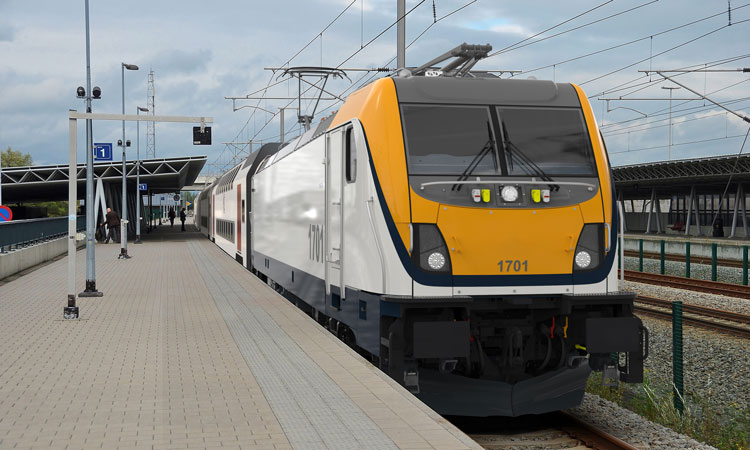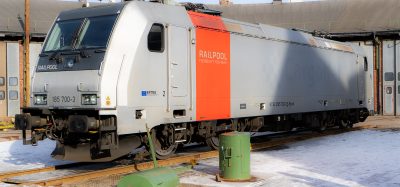Alstom to supply 50 electric Traxx passenger locomotives for Belgium
Posted: 2 February 2022 | Elliot Robinson (Editorial Assistant - Global Railway Review) | No comments yet
Alstom have signed a framework agreement that will see up to 50 third generation electric Traxx locomotives delivered for domestic and cross-border journeys between Belgium, the Netherlands, Luxembourg and Germany.


Credit: Alstom
Alstom has signed a framework agreement to deliver up to 50 third-generation electric Traxx locomotives to Belgium’s Société Nationale des Chemins de Fer Belges (SNCB) for use on its passenger services. The first firm order, worth an estimated €120 million, covers the design, manufacturing and homologation of 24 locomotives. Deliveries are expected to begin in 2026.
These new locomotives will be used for domestic and cross-border journeys on the electrified networks in Belgium, the Netherlands, Luxembourg and Germany, including on several high-speed lines. They are designed for use with the various electrification systems across the countries and are equipped with an ETCS signalling system, as well as all the required conventional signalling systems.
“The Traxx locomotive is the most sustainable mobility solution in its category and can boast proven reliability and an optimised maintenance cycle,” Bernard Belvaux, Managing Director of Alstom Benelux, said. “We would like to thank SNCB for placing its trust in our transport solutions.”
More than 2,400 units of Traxx locomotives have been sold throughout the world over the last 20 years. They have been approved in 20 countries and cover a total annual distance of more than 300 million kilometres. In the Benelux countries, nearly 280 Traxx locomotives are already in commercial service.
The third generation Traxx electric locomotive delivers increased operational performance, it runs at 200 kilometres per hour, provides increased flexibility and meets the most recent requirements of the TSI security standards. It also comes with a higher energy efficiency and its maintenance intervals have been extended by 33 per cent to improve availability and reduce maintenance burden.







